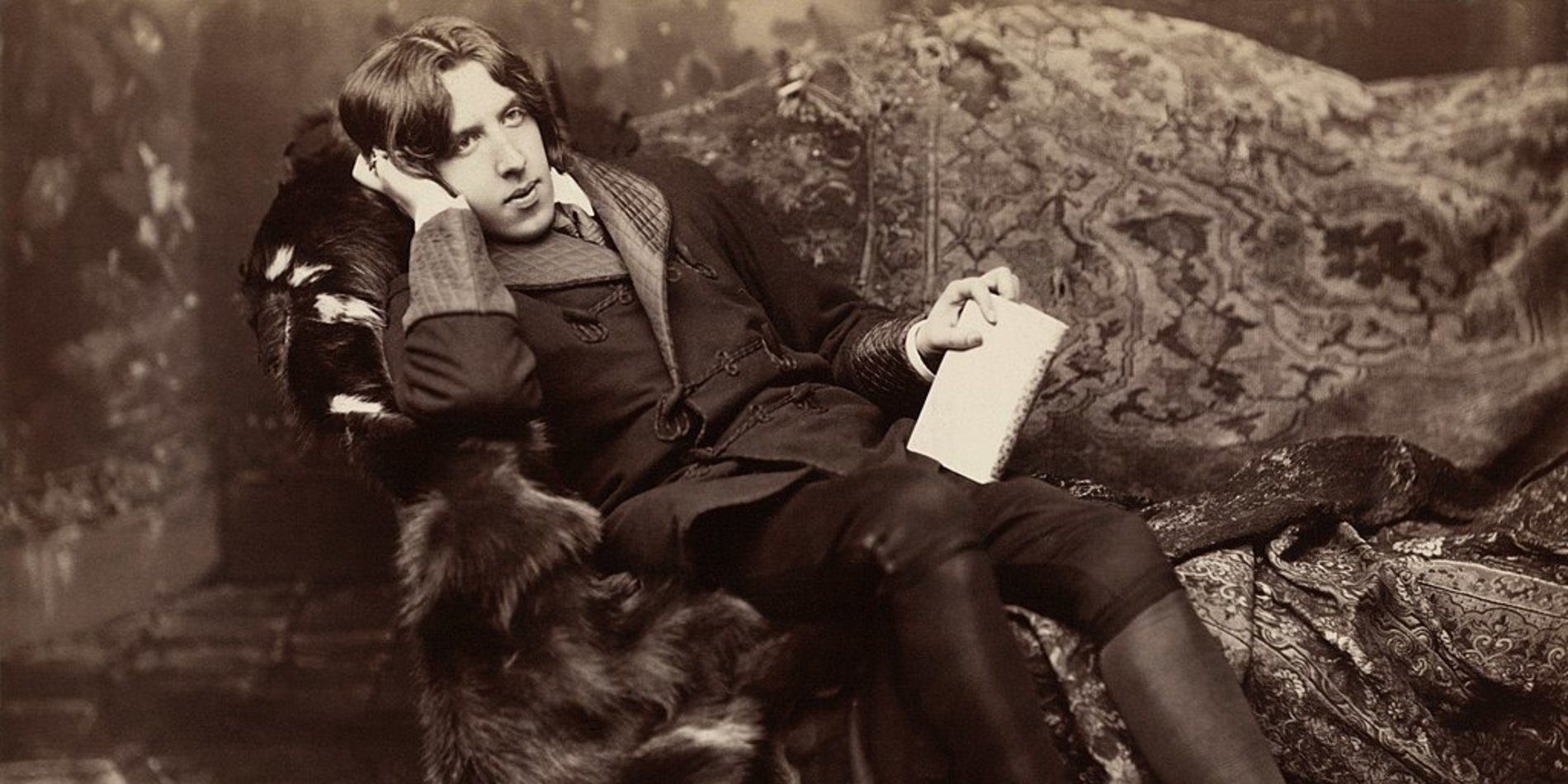POLISCI 25N: The US Congress in Historical and Comparative Perspective
General Education Requirements
Course Description
In this seminar we will trace the development of legislatures from their medieval European origins to the present, with primary emphasis on the case of the U.S. Congress. You will learn about the early role played by assemblies in placing limits on royal power, especially via the "power of the purse." As Daniel Webster put it, in a speech to the United States Senate in 1834, “The contest, for ages, has been to rescue Liberty from the grasp of executive power. Whoever has engaged in her sacred cause…has struggled for the accomplishment of that single object.” About half the course will then turn to a more detailed consideration of the U.S. Congress' contemporary performance, analyzing how that performance is affected by procedural legacies from the past that affect most democratic legislatures worldwide. There will be no exams. Instead, you will write several short essays and one long essay. You may offer either analytical responses to class readings or engage in original research. If you choose original research projects—and some will be suggested during the course—then you also have the option of forming teams to work on them.
Meet the Instructor: Gary Cox

Gary Cox is the William Bennett Munro Professor of Political Science. In addition to numerous articles, he is the author of The Efficient Secret (winner of the Samuel H. Beer Dissertation Prize in 1983 and of the 2003 George H. Hallett Award); co-author of Legislative Leviathan (winner of the Richard F. Fenno Prize in 1993); author of Making Votes Count (winner of the Woodrow Wilson Foundation Award, the Luebbert Prize, and the Best Book in Political Economy Award in 1998); and co-author of Elbridge Gerry's Salamander: The Electoral Consequences of the Reapportionment Revolution. He published Setting the Agenda in 2005 (winner of the 2006 Leon D. Epstein Book Award), and Marketing Sovereign Promises in 2016. A former Guggenheim Fellow, Cox was elected to the American Academy of Arts and Sciences in 1996 and the National Academy of Sciences in 2005. He holds a Ph.D. from the California Institute of Technology.




